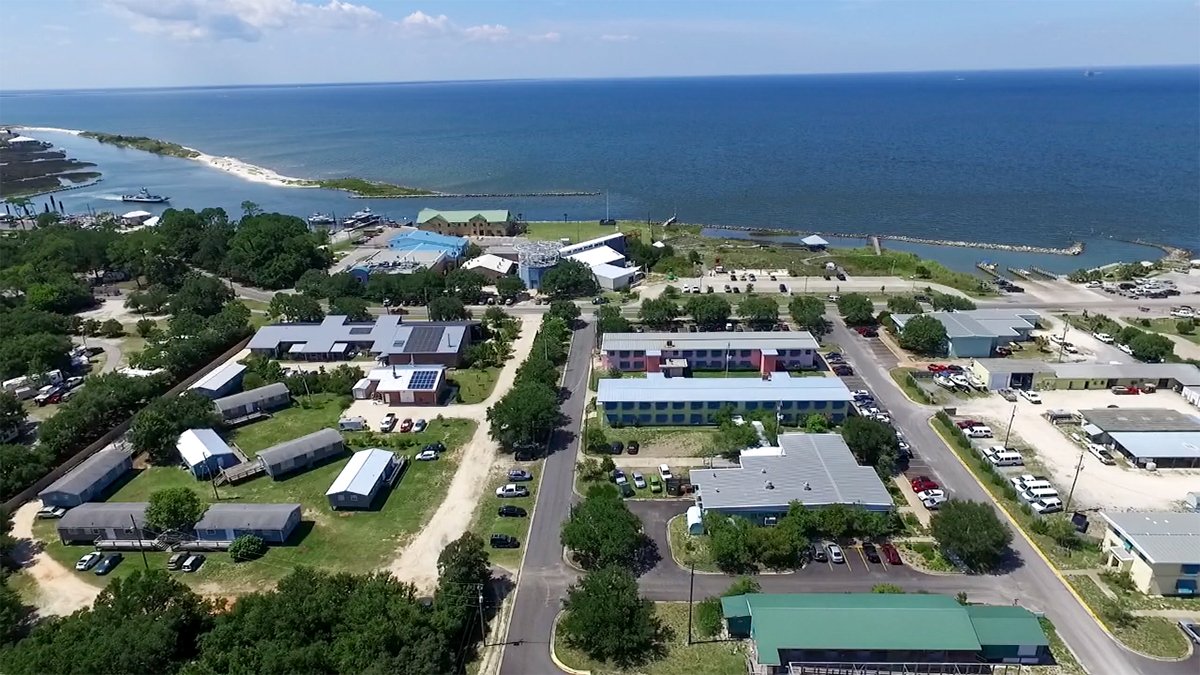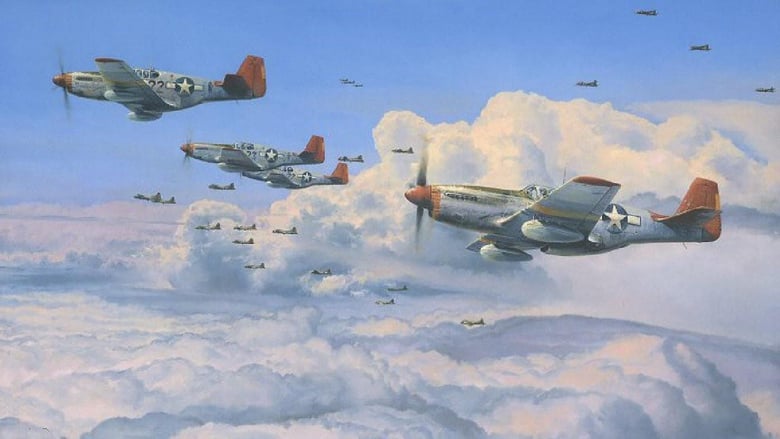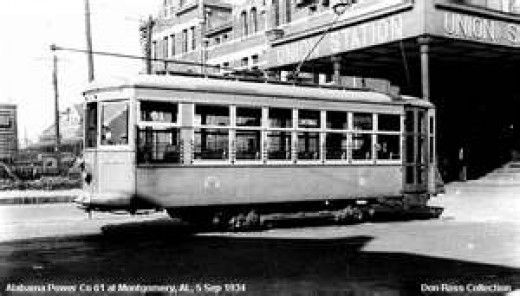The Tuskegee Airmen
The Tuskegee Airmen are one of the little-known facts in the State of Alabama, except to the older generation.
If you asked most of the younger generation today, they may have never heard about this group of extremely brave individuals.
However, this group successfully fought two completely different wars; one against our enemies overseas in World War II, and one against racism in the American Military during these times.
By the time the 332nd flew its last combat mission in April of 1945, just two weeks before the surrender of Germany during this horrible war, the Tuskegee Airman had flown over 15,000 individual sorties over a span of two years in combat.
During the air strikes, they had damaged or totally destroyed 36 German planes in the air and 237 on the ground.
They are also credited with destroying over 1,000 cars and transport vehicles, as well as a German destroyer.
During their heroic two-year span, 66 trained aviators from this historic group were killed, and another 32 were captured as POW’s.
 The Tuskegee Airmen
The Tuskegee AirmenThe History of the Tuskegee Airmen
The history of the Tuskegee Airmen all started in the small town where they received their basic and advanced pilot training, Tuskegee Alabama, which is in Macon County.
This term that became famous in later years not only applied to the pilots in the brave unit, but also to the 13,600 other personal who served in various Army Air Force organizations.
These included armorers, bombardiers, navigators, engineers, as well as supply and maintenance personal.
In the late 1930’s, there was a lot of unease of the impending war between Europe and Asia, and this promoted the Federal Government to begin to expand both its air defenses as well as it’s civilian pilot training programs.
This program was open to the African American population, however, the whites prior to World War II, held the opinion that blacks could not make good pilots.
Because of this, they were not allowed to fly in the military.
However, the NAACP at the time, the National Association for the Advancement of Colored People, as well as the press, started to call for greater roles for blacks in the military.
In the beginning stages, most of the Tuskegee Airmen were not in the military before their training, but several begin to join this very unique and long over-due program.
However, they did not want just not serve on the ground during this time; they also wanted to be officers instead of just enlisted personnel.
But to be considered for pilot training in this new program, these potential candidates had to be college graduates as well, and were also expected to be officers, usually second lieutenants, as they were completing advanced training.
The Tuskegee area was the only training facility for black pilots in the American Military during this time frame, and as a result, potential pilots came from all over the country to start their training.
 The Tuskegee Airmen Training
The Tuskegee Airmen TrainingTraining for the Tuskegee Airmen
Every one of these potential Tuskegee Airmen had to pass through a sequence of training phases, and the first of these was the CPT, also known as Civilian Pilot Training, which had begun at the Tuskegee Institute, as well as other institutions around the country at the time.
After this phase, the men would then begin primary pilot training in 1941.
This training took place at Moton Field under contract with the Army Air Force, and the used Army PT-17 and PT-13 biplanes, as well as PT-19 monoplanes.
Following their primary flight training, the potential pilots moved on to their next phase located at a much larger airfield called the Tuskegee Army Airfield, located near Tallassee Alabama, in Elmore County.
There they would undergo the next three phases of their training.
These phases of training, under the direction of Col. Noel Parrish, started with the BT-13 airplanes, and then were followed by the AT-6 aircraft.
The final stage of training was a transition type of training, where the soon-to-be pilots used the P-40 aircraft or the twin engine At-10 aircraft.
The P-40 aircraft was used almost exclusively in combat during World War II, and the AT-10 aircraft was used to train for flying the B-25 bombers.
Col. Noel Parrish, who was white, served as the commander, and his staff included both black as well as white personal, and according to these historic pilots that trained with him, he was very fair, and was very interested in their success.
The standards were very high at these training programs, and several of the prospective pilots did not graduate from all the phases.
The first African America Flying Unit was the 99th Pursuit Squadron, which was later named the 99th Fighter Squadron.
The unit’s first black pilots that graduated for the advanced training for the Tuskegee Airmen in March of 1942, included Benjamin O. Davis Jr., who was an also a graduate on the United States Military Academy at West Point.
He also went on to become the first commander of the 99th Fighter Squadron.
Soon afterward, three other fighter squadrons were activated, and they included the 100th, 301st, and the 302nd, all of whom were assigned to what would become the legendary 332nd Fighter Group.
 The Red Tails Flying
The Red Tails FlyingThe Tuskegee Airmen Enter the War
In the spring of 1943, the 99th Fighter Squadron entered into the Mediterranean Theater of Operations.
Shorty afterword, the 332nd Fighter Group, the most legendary of the Tuskegee Airmen and its three fighter squadrons, moved to Selfridge Field, Michigan, to continue their combat training.
Flying the P-40 aircraft, the 99th was attached at times to different fighter groups that were flying patrols and bomber escort missions on Italian Islands and their mainland.
While their performance was questioned by other fighter groups in the area, a War Department study determined that the 99th was flying as good as any of the other P-40 squadrons, and before long, won its first Citation.
It earned the Distinguished Unit Citation along with the group it served in, while flying missions over Sicily in June and July of 1943, in preparation for the Allied invasion there.
However, on July 2, 1943, several things started to happen.
The 99th earned its first aerial victory, but sadly 1st Lt. Charles B. Hall was shot down, and the squadron lost its first pilots in combat, Sherman H. White and 2nd Lt. James L. McCullin, who went missing in action.
A few weeks later, the unit was transferred to Licata Sicily, and after the Allies landed in Anzio, Italy, in late January of 1944, the 99th shot down 13 enemy airplanes in two consecutive days, January 27th and 28th, 1944.
It was protecting Allied ground forces from enemy attack in these battles.
In May, the 99th earned a second Distinguished Unit Citation, flying missions against enemy targets over Cassino, Italy.
Commander Davis returned to the United States in September of 1943, and in early 1944, the group arrived in Italy.
The 332nd served in the Twelfth Air Force like the 99th Fighter Squadron, but the 99th was not assigned to it until May of 1944, and instead, operated under fighter groups until June where it flew mostly on ground mission attacks.
In June of 1944, the 332nd was reassigned from the 12th to the 15th Air Force, and was given one mission: escort B-17 and B-24 heavy bombers on missions deep into enemy territory, including Germany.
The 332nd Fighter Group was one of the seven fighter escort groups in the Fifteenth Air Force, and each one of its P-51 fighter squadrons had distinctly painted “red tails”, that helped to distinguish it from other groups during missions.
Because of this, they were called the “Red Tails” by the Tuskegee Airmen themselves, as well as bomber pilots and other escorts.
There is also one other very interesting fact; of the 311 combat missions the 332nd Fighter Group flew for the Fiftieth Air Force, 179 of them escorted bombers.
On only seven of those bomber escorts, were the famed bombers downed by enemy airplanes.
A total of 27 Tuskegee Airmen escorted bombers were shot down by enemy aircraft, but this was compared favorably to the other fighter group escorts, who averaged 46 lost escort bombers.
For decades after World War II, the 332nd fighter group was reputed to be the only fighter group never to have lost an escorted bomber to the enemy.
However, this was not true; they were good, but not that good.
There was also none of the members from this famed group that shot down more than five enemy aircraft to become an “Ace”, but four of their pilots did shoot down three enemy aircraft in one day.
Three pilots also earned four aerial victory credits, and among them, Lee Archer, was said to have been the “only black ace.”
There were also other famous pilots in this historic group with four aerial victory credits, which included Joseph Elsberry and Edward Toppins.
 The Tuskegee Airmen Movie
The Tuskegee Airmen MovieThe Tuskegee Airmen Honored
The 332nd Fighter Group completed its last combat mission in late April of 1945, and the war in Europe ended in May.
Even after serving in combat, the Tuskegee Airmen were segregated as they disembarked from the ship that returned them back to the United States.
Several of these heroes remained in the Air Force after the 332 Fighter Group inactivated, and Benjamin O. Davis Jr. became the first black general in the Air Force.
General Daniel “Chappie” James flew fighter aircraft in the Korean and Vietnam wars, and later rose to become the first African American four-star general in the Air Force.
President Harry S. Truman issued an Executive Order in 1948, number 9981, which mandated the racial integration of all military services.
Because of this order, there were black Navy and Maine Corps pilots whose way was paved by these heroes.
In 2007, President George W. Bush presented the Congressional Gold Medal collectively to the Tuskegee Airmen.
At the ceremony at the Capitol, he saluted several of the surviving members who were able to attend.
In 2012 the movie “Red Tails” was released about these heroes and their participation in bombing raids in 1944.
References
http://www.encyclopediaofalabama.org/article/h-3154
Little Known Facts About Alabama

Alabama Gift Store
Numerous Items for You and Your Family to Enjoy
See it here at the Gift Store
Copyright 2019-2023 Alabamabackroads.com
All Rights Reserved



















